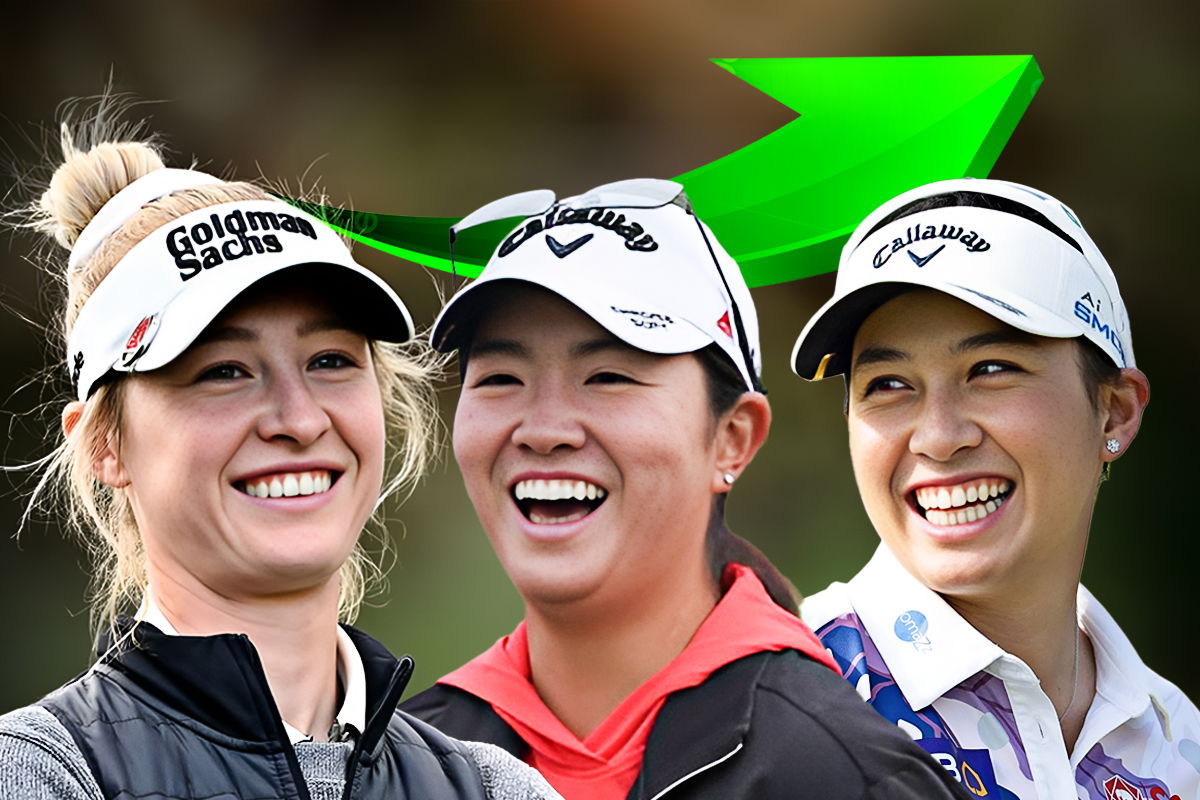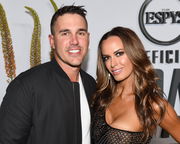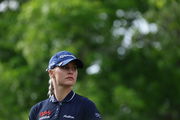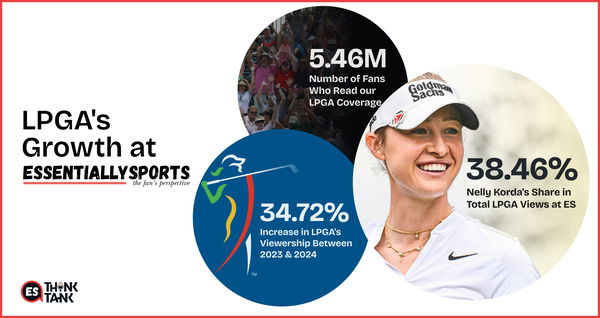

It’s 2025. And if you still think that women’s golf is a very niche sport, you are mistaken. There is no cross-sports legend like a certain Babe Didrikson Zaharias–a ten-time major winner with two Olympic gold medals in Track & Field. But led by Nelly Korda, Lydia Ko, and Jeeno Thitikul, women’s golf is expanding beyond the borders of the United States.
Watch What’s Trending Now!
Even in the USA, women’s golf is driving participation, capturing the imagination of a diverse audience, and attracting the attention of sponsors in ways that were unthinkable a decade ago. The LPGA Tour and the game at large are in the midst of a transformation, and the numbers don’t lie.
Top Stories
Pro Suffers Disqualification at PGA Tour Q-School After Several Players Withdrew Abruptly

2025 Vic PGA Championship: Prize Money, Winner’s Payout & More Explored

Brooks Koepka Takes up New Role Amid LIV Golf Exit Rumors Reaching Boiling Point

LIV Golf to Cut Ties With Veteran Pro After His PGA Tour Return Intentions Became Public

Charley Hull Opens Up on Traumatic Divorce from Ex-Husband for the First Time Ever

ADVERTISEMENT
The Surge in Participation and Popularity
Let’s look at the report from the National Golf Foundation. Last year witnessed a record 7.9 million women and girls hitting the greens—an all-time high. According to the same report, that’s 28% of all on-course golfers, up from just 20% in 2012.
Additionally, in the last five years, female participation has seen a 60% increase, with 2.3 million new players teeing off for the first time. And there is more:
- 43% of all off-course participants (simulators, Topgolf, etc.) are women.
- 35% of junior golfers are girls, a 20% increase since the start of the century.
- 28% of junior female golfers are Black, Asian, or Hispanic.
ADVERTISEMENT
Make no mistake, this is not just a statistical game—it’s a shift in cultural norms. These new participants are also fostering quite a churn within women’s golf. On the other hand, the LPGA Tour is also thriving:
- In 2021, five female majors offered a combined $23.4 million purse. Four years later, that’s doubled to $47.8 million.
- The LPGA was the second most-viewed women’s sports league on YouTube in 2024, attracting 55 million eyeballs.
- The young blood in the LPGA Tour, like Nelly Korda, Rose Zhang, and Jeeno Thitikul, are at the forefront of a new wave of fan engagement.
ADVERTISEMENT
They have become more than just athletes. They are now role models for aspiring golfers. The reach has extended beyond the course–Korda last year appeared at the Met Gala on an invitation.
They are also using platforms like YouTube, Instagram, and TikTok to build personal brands, connect with fans, and grow the game. Korda, for example, frequently collaborates with popular golf influencers. Zhang, meanwhile, has amassed over 101K followers on Instagram. She is still a student at Stanford.
Moreover, thanks to the LPGA’s media rights deal, in partnership with the PGA Tour, in 2021, has offered increased visibility through streaming services and television coverage. While the deal is still somewhat restrictive, and LPGA often misses out on a prime time slot, the viewership numbers have been promising.
ADVERTISEMENT

ADVERTISEMENT
Nelly Korda’s Chevron Championship victory drew 1.9M viewers at its peak. Whereas the 2024 Solheim Cup averaged 657,000 viewers on NBC, over a 2x increase from 2023’s 277,000 viewers on Golf Channel. The broadcasters have now started to carve out more dedicated airtime for women’s golf, helping normalize its presence in the mainstream sports ecosystem, and brands are beginning to catch up.
Sponsorship Momentum—and Missed Opportunities
Companies like Rolex, CME Group, KPMG, and Chevron have committed to long-term LPGA sponsorships. Last year, CME Group extended its partnership with the LPGA Tour’s season-long points race and the title sponsorship of the crowning event, the Tour Championship, till 2027.
ADVERTISEMENT
These brands aren’t just slapping their logos on leaderboards. They’re reshaping the perception of women’s golf. Take the KPMG’s Women’s Leadership Summit. Hosted around the KPMG Women’s PGA Championship, it is a prime example of a brand investing in both the sport and the advancement of women more broadly.
However, many brands still sit on the sidelines, missing out on opportunities to engage a burgeoning, value-driven young audience. Yet, that’s a big missed opportunity: A 2023 Nielsen study found:
- Brand favorability is 19% higher among women’s sports viewers.
- Sponsorship recall is significantly stronger in women’s sports.
ADVERTISEMENT
For companies that promote social impact and DEI (diversity, equity, and inclusion) values, women’s golf offers a suitable platform to walk the talk. That’s what today’s fans want. And aligning with women’s golf signals a genuine effort to foster fairness and inclusivity.
It’s not just about exposure—it’s about trust. According to Parity Now’s ‘Beyond Viewership’ report, 38% of U.S. women’s sports fans are more likely to purchase products from brands that sponsor women’s sports. So, the time to invest in women’s golf is now.
The audience base is growing. The product is top-notch. The viewers are engaged. You can safely say that women’s golf is not a trend; it has become a movement. One that is only accelerating. As women’s golf continues to rise, brands supporting it now will partner in a cultural shift redefining the sport.
ADVERTISEMENT
ADVERTISEMENT
ADVERTISEMENT
ADVERTISEMENT

